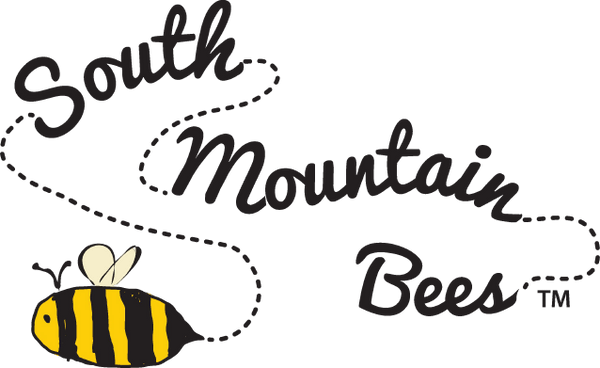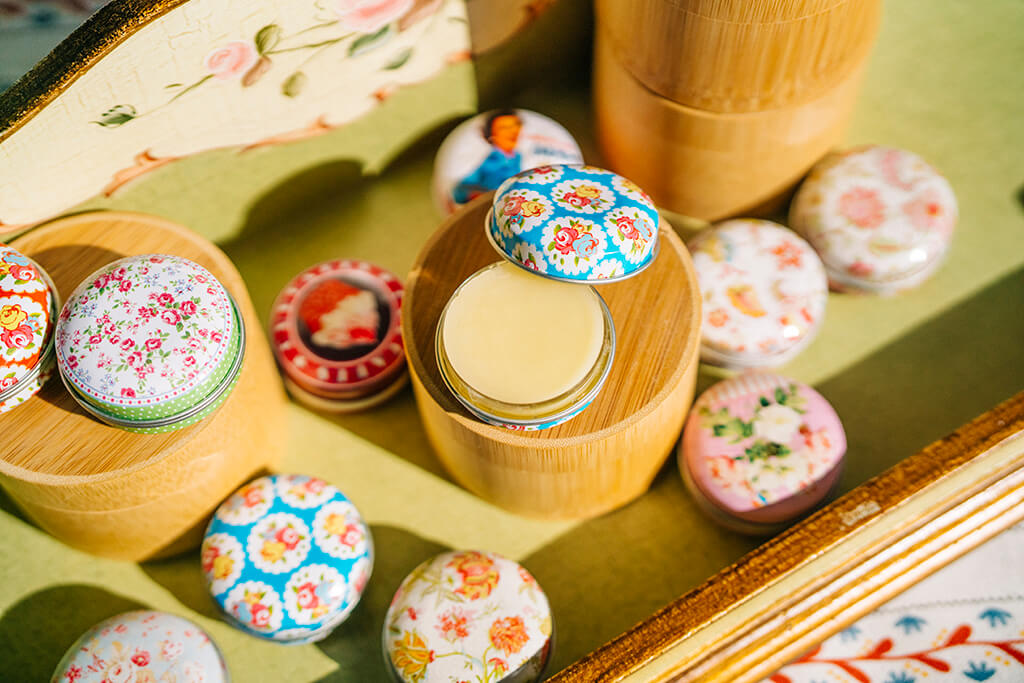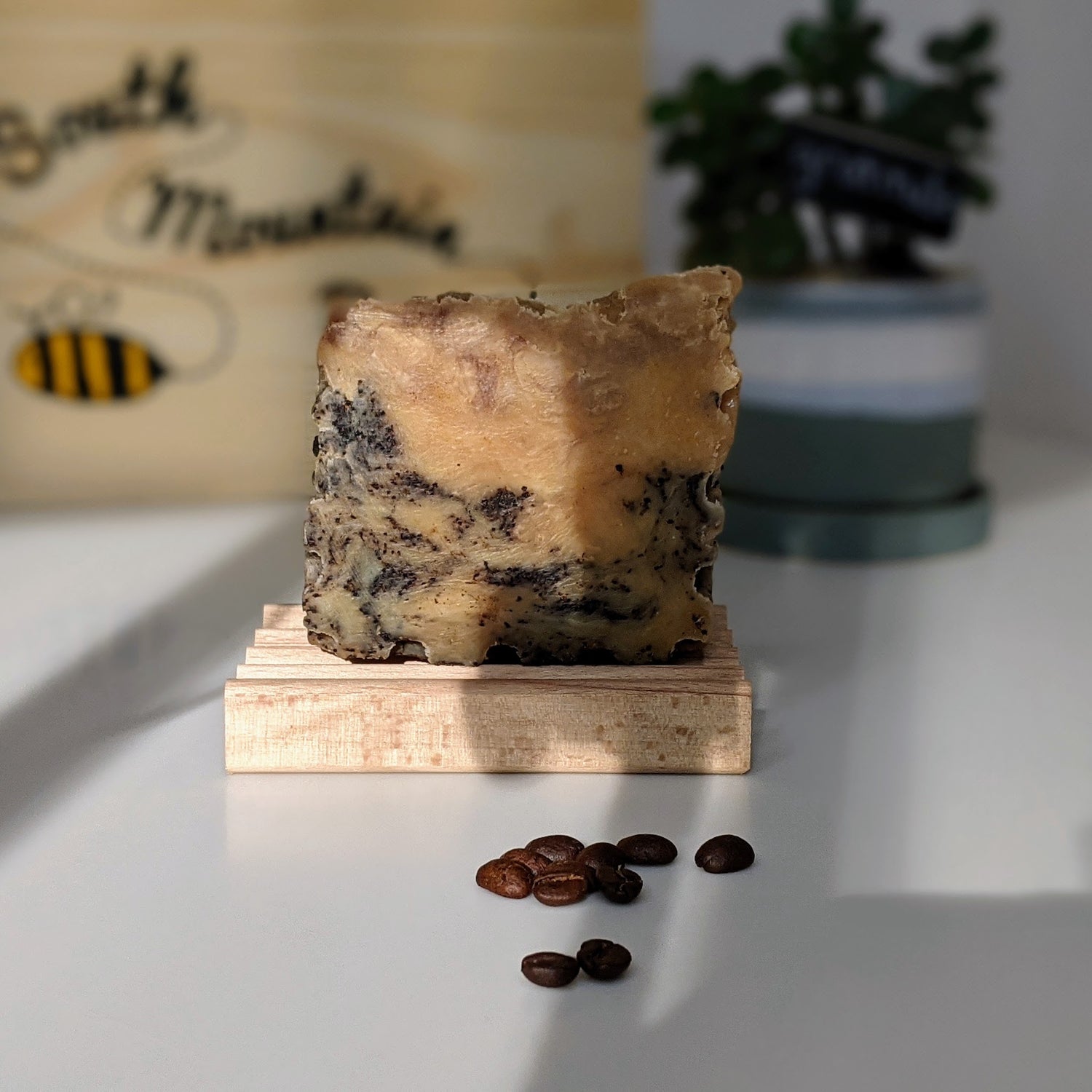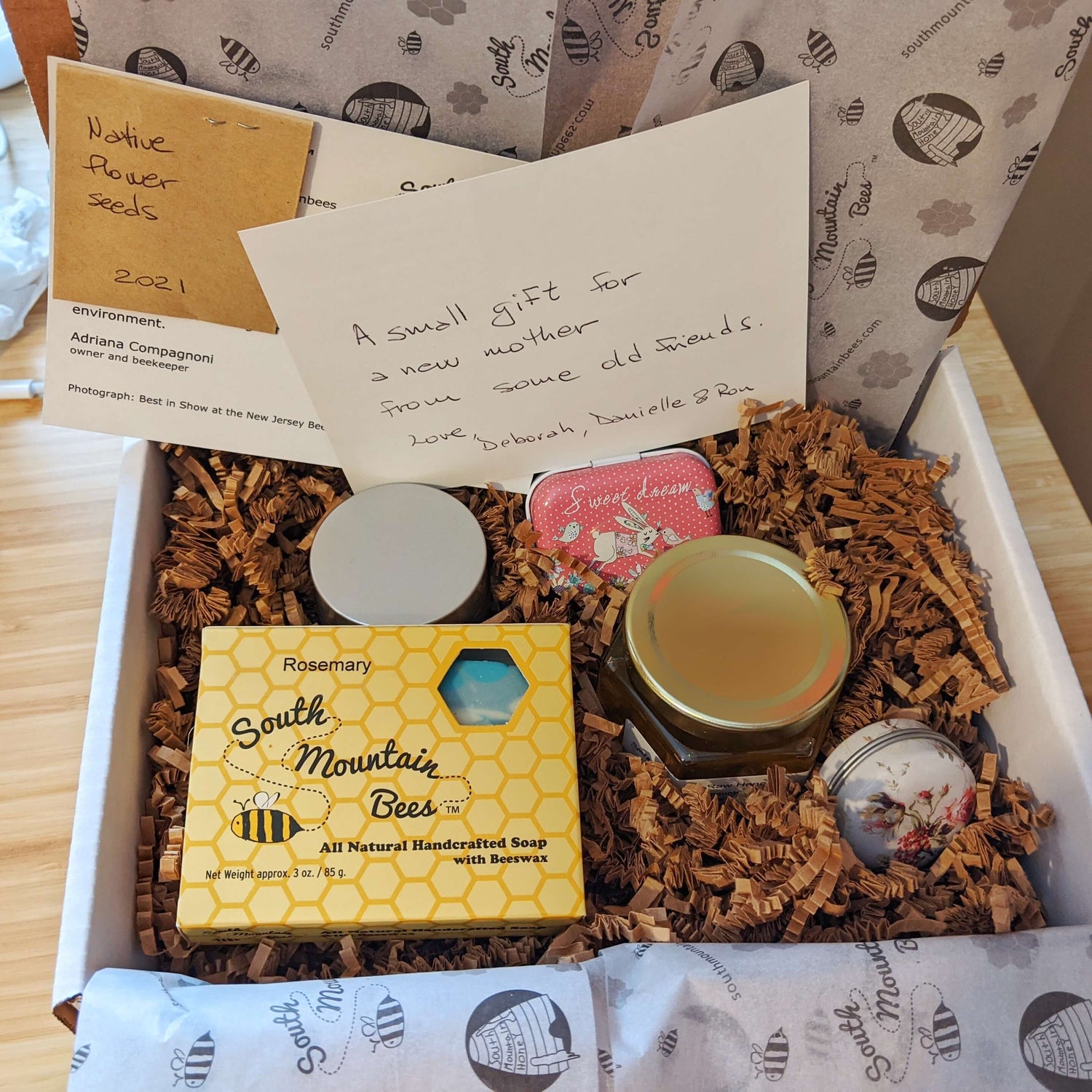Hi! This is Adriana, the beekeeper from South Mountain Bees.
I have good news for all of you garden lovers!
I managed to secure a mix of US native flower seeds that will help support our pollinators next year starting in the spring and going all the way through the fall.
Want some free seeds? You'll get them with every order while supplies last!
The seed mix includes:
- Chinese Houses
- Lance-leaved Coreopsis Tall
- Plains Coreopsis
- Purple Coneflower
- Yellow Lupine
- Perennial Lupine
- Arroyo Lupine
- Palmer's Penstemon
- Rocky Mountain Penstemon
- California Blue Bell
- Lacy Phacelia
- Yellow Prairie Coneflower
- Mexican Hat
- Clasping Coneflower
- Black-eyed Susan
There so much goodness to unfold in this pack of seeds!

Did you know that coreopsis are a great source of pollen and nectar for beneficial pollinators? Pollen and nectar are two key components of a pollinator's diet. The pollen is a source of protein, and the nectar is the starch. It's like meat and potatoes.
Coreopsis get very few pests, and they are beautiful! So they look great in your garden, even in pots, and support our ecosystem.

Did you know that Tiger Swallowtail butterflies love coneflowers? I took this picture last summer. We used to get a lot more butterflies, but there are fewer and fewer each year. Fingers point to pesticide abuse.
Beneficial insects rely on the plant where their eggs hatch for their food in the first stage of life. Those special plants are called "host plants". Some species are very picky, like the Monarch butterfly who'll only lay eggs on milkweed, because that's all their larva will eat.
And the good news is that this seeds mix has many host plants.
Have you heard of the Arachne Checkerspot or the Variable Checkerspot? They are beautiful spotted butterflies that use Palmer's Penstemon as a host plant.
Did you know that you can even help endangered species with these seeds? The federally endangered Karner Blue butterfly relies on Perennial Lupine as a host plant for their larva.
I could go on and on.
And you know what? Another good thing about these seeds is that you don't need to wait until the spring to plant them! Seeds are happy when the spend the winter in the soil. But if you can't do it now, waiting until early spring is fine.
Here's an easy way of doing it. Take one of those cardboard boxes from all the recent online shopping, or even better, from the last CSA delivery.
Choose a couple square feet where you want to grow your pollinator station.
Cover the area with leaves if you still have some around; shredded paper works too. No need to clean up the weeds, just cover them. Disassemble the box and place the cardboard right on top of the leaves, if you used some, or directly on top of the weeds, where you want to grow your pollinator corner, if you did not.
Lay about an inch of soil on top of the cardboard.
Scatter the seeds and pat them onto the soil.
Cover with about an eighth of an inch of soil. If the seeds are too deep, they won't sprout.
Pat again.
Mark the area with a sign to remember what's there. A popsicle stick usually works.
Done.
Before I go. Remember that until December 11, we are donating a lip balm for every lip balm purchased. So you get free seeds to support pollinators, and you get to help the homeless families in our community at no extra cost to you.
Here's the post about our support to the Elizabeth Coalition to House the Homeless as part of the Giving Tuesday campaign.
And here's the link to our lip balm collection.





